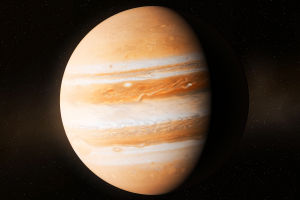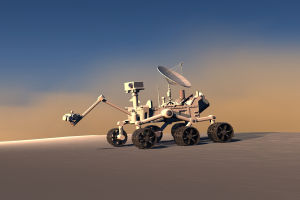Life in Space
Hey Lykkers! Ever wonder how astronauts live up in space? Life inside a space station is a fascinating mix of science, routine, and extraordinary experiences.
Let's take a look at how astronauts manage their day-to-day activities in a zero-gravity environment.
Waking Up in Zero Gravity
Astronauts start their day just like anyone else—except they float out of bed! They don't need mattresses because there's no gravity, so they sleep in special sleeping bags attached to walls. Without gravity pulling on their bodies, their sleep is slightly different from what we experience on Earth, but it's just as restful. Floating freely might seem fun, but it takes some getting used to. A normal 8-hour sleep cycle ensures they're ready for the day's challenges.
Daily Tasks Aren't So Simple
Everything you do on Earth has to be rethought in space. Something as simple as brushing your teeth or eating becomes a science experiment. Since water floats in blobs, astronauts have to use a bit of creativity. They use water pouches and rinse-free soap to stay clean.
Eating is also a challenge because crumbs and liquids can float around and damage equipment. Most meals are freeze-dried or vacuum-sealed, and they add water to make it edible. Astronauts eat three meals a day, with options ranging from scrambled eggs to pasta. Despite the unusual preparation, astronauts get a full range of nutrients to stay healthy during their mission.
Working in Space
Inside the space station, astronauts' primary job is science. They conduct experiments that are impossible on Earth, like studying how the human body reacts to long-term weightlessness. These experiments help prepare humans for future space missions, including trips to Mars.
Astronauts also maintain the space station, performing repairs and upgrades. Their workspace is cramped, and they often need to use special tools designed for weightlessness. Tasks that seem simple on Earth—like tightening a screw—become a lot more complicated when you're floating inside the station!
Exercising to Stay Strong
In space, muscles and bones weaken over time due to the lack of gravity. To counteract this, astronauts exercise for about two hours every day. The space station is equipped with treadmills, stationary bikes, and resistance machines. Special harnesses and straps keep them from floating away while they work out!
This regular exercise is essential to maintaining their health, as it helps them avoid muscle loss and keeps their cardiovascular system in shape. It's like a floating gym with a stunning view of Earth!
Life on Station
Video by NASA Johnson
The Challenges of Communication
Staying connected with loved ones is crucial for astronauts' mental well-being. Thanks to modern technology, they can send emails, make video calls, and even post updates on social media.
However, communication is not always instant due to signal delays. Astronauts also spend time unwinding by watching movies, reading, or looking out at Earth, a view that never gets old.
What About Personal Time?
Astronauts do get some downtime, even in their busy schedules. Most enjoy taking pictures of Earth, reading books, or simply gazing at the stars. The breathtaking views from the station's windows are a constant reminder of the beauty of our planet. It's a way for them to relax and reflect after a day filled with scientific discoveries.
Wrapping Up the Day
After a long day of work and exercise, astronauts wind down before securing themselves in their sleeping bags for another night of weightless sleep. The cycle of work, rest, and personal time ensures that their days are productive but not overwhelming.
Living in a space station might sound like a sci-fi movie, but for astronauts, it's just another day at the office—an office that's floating 250 miles above Earth.
Until next time, Lykkers, keep looking up!


